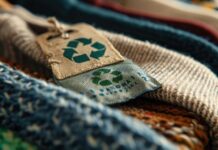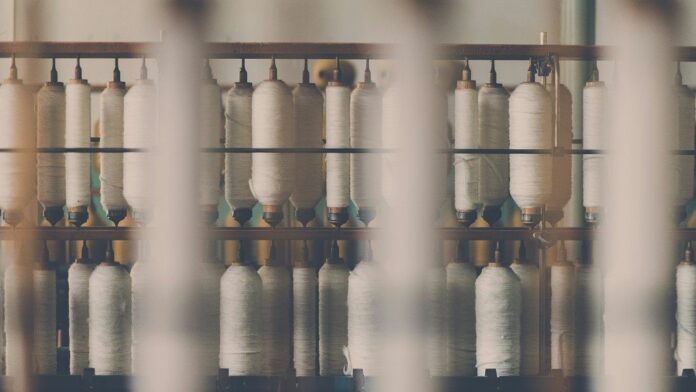Textile Exchange is revamping its membership framework by launching a two-tier membership structure aimed at empowering organizations to address climate and nature-related issues within the textile industry.
This global non-profit, which boasts a membership of over 700 organizations—including brands, retailers, suppliers, producers, consultancies, and NGOs—will implement this change through a phased rollout.
The new action-oriented model categorizes organizations into either the Community Cohort or the Action Cohort.
Community Cohort: This tier is designed for entities not directly involved in the sourcing or production of raw materials. Its goal is to enhance sustainability knowledge and foster the exchange of expertise among industry stakeholders.
According to Textile Exchange, this group will include academics, non-profits, solution providers, consultancies, and supply chain partners from Tiers 1–3 who do not engage in material production or procurement. Members will gain access to a robust professional network, along with information-sharing sessions, events, and tools created by industry experts. This structure resembles the organization’s existing membership framework.
Action Cohort: This tier is tailored for brands, suppliers, and producers actively involved in sourcing or producing raw materials.
The Action Cohort is structured to assist members in achieving measurable results through defined action pathways and a common reporting framework. Participants will receive expert guidance and have the chance to engage in collaborative initiatives and workshops. Members in this cohort are required to commit to action steps, including progress reporting and utilizing systems that ensure best practices.
Textile Exchange highlights that through collective actions, brands and producers can “overcome production system barriers and accelerate progress.”
The overarching aim is to “turn intention into implementation” by standardizing procedures.
The two-tier membership structure is crafted to cater to the varying needs of organizations within the textile industry by providing clearly defined pathways, specific guidance, and the necessary tools to coordinate efforts towards transforming production systems.
Sarah Needham, the Senior Director of Engagement and Partnerships at Textile Exchange, remarked: “By providing targeted guidance and fostering collective action, the structure will enable our community to align behind the shared priorities and direction needed to make measurable change.”
This new model aligns with Textile Exchange’s five-year strategy looking forward to 2030.


































